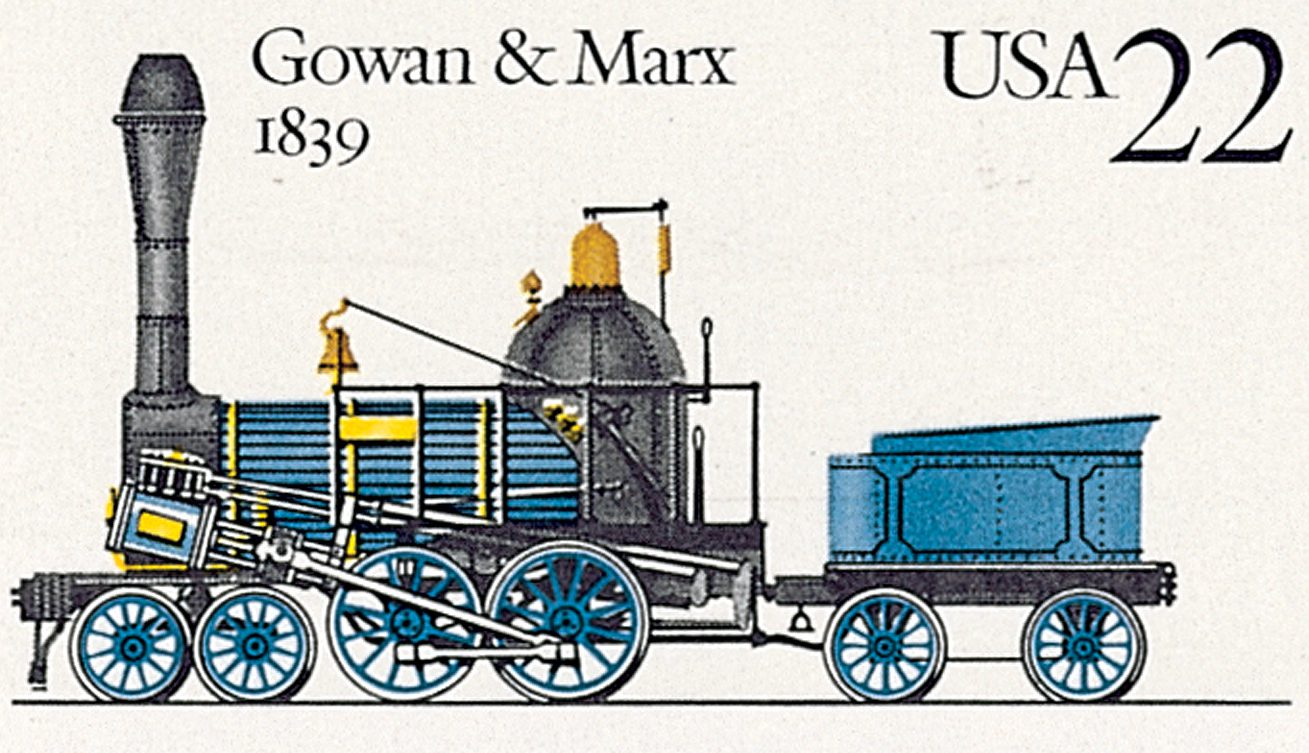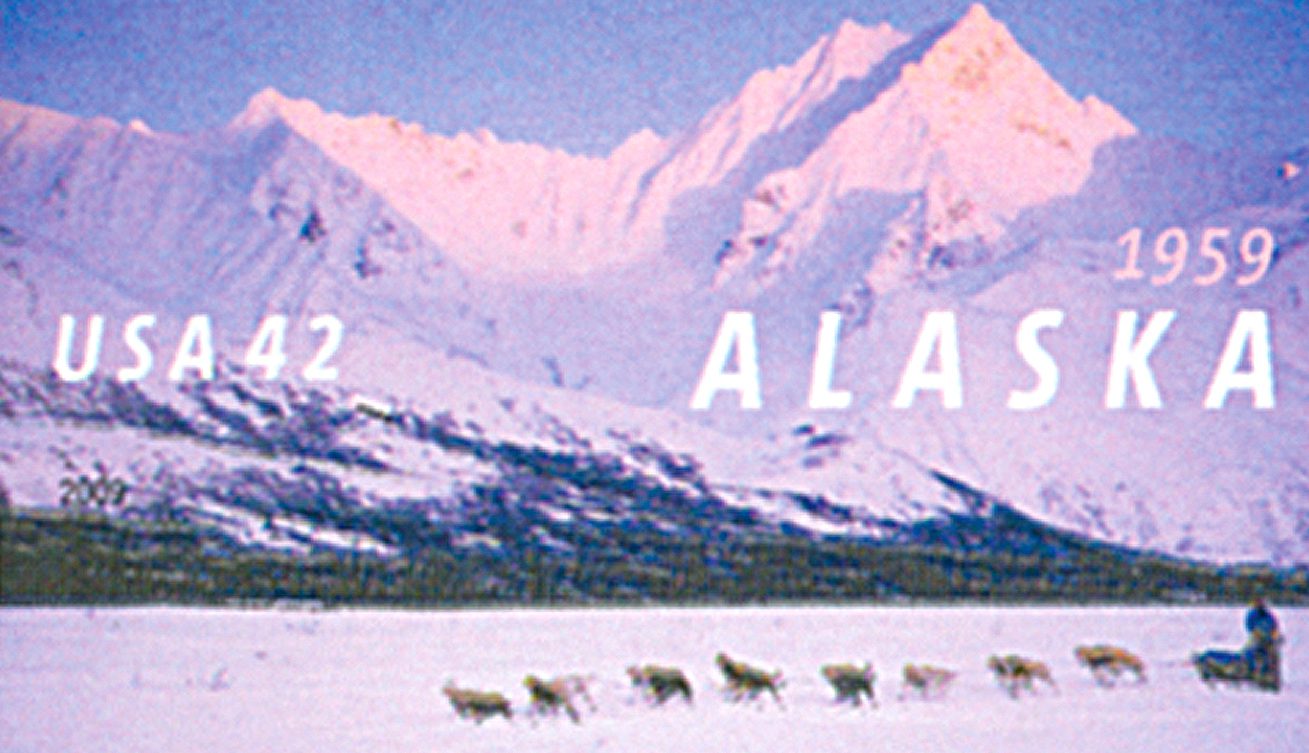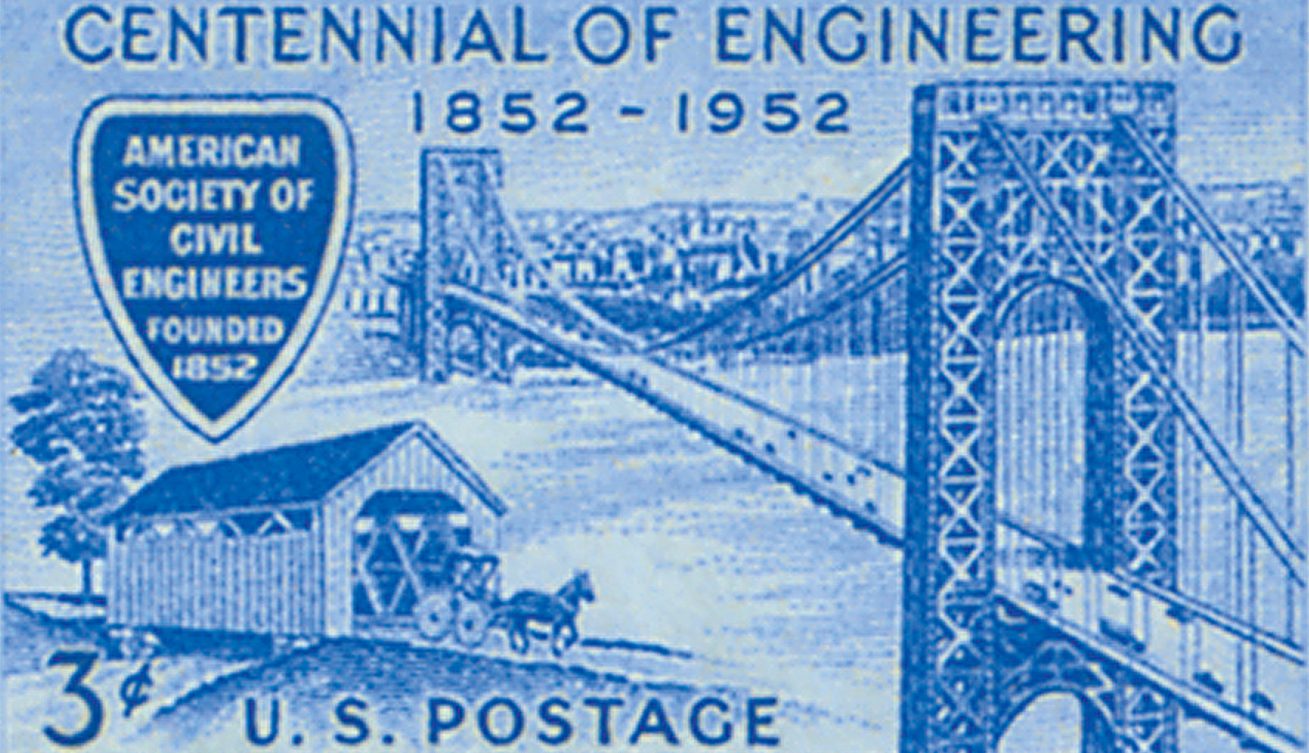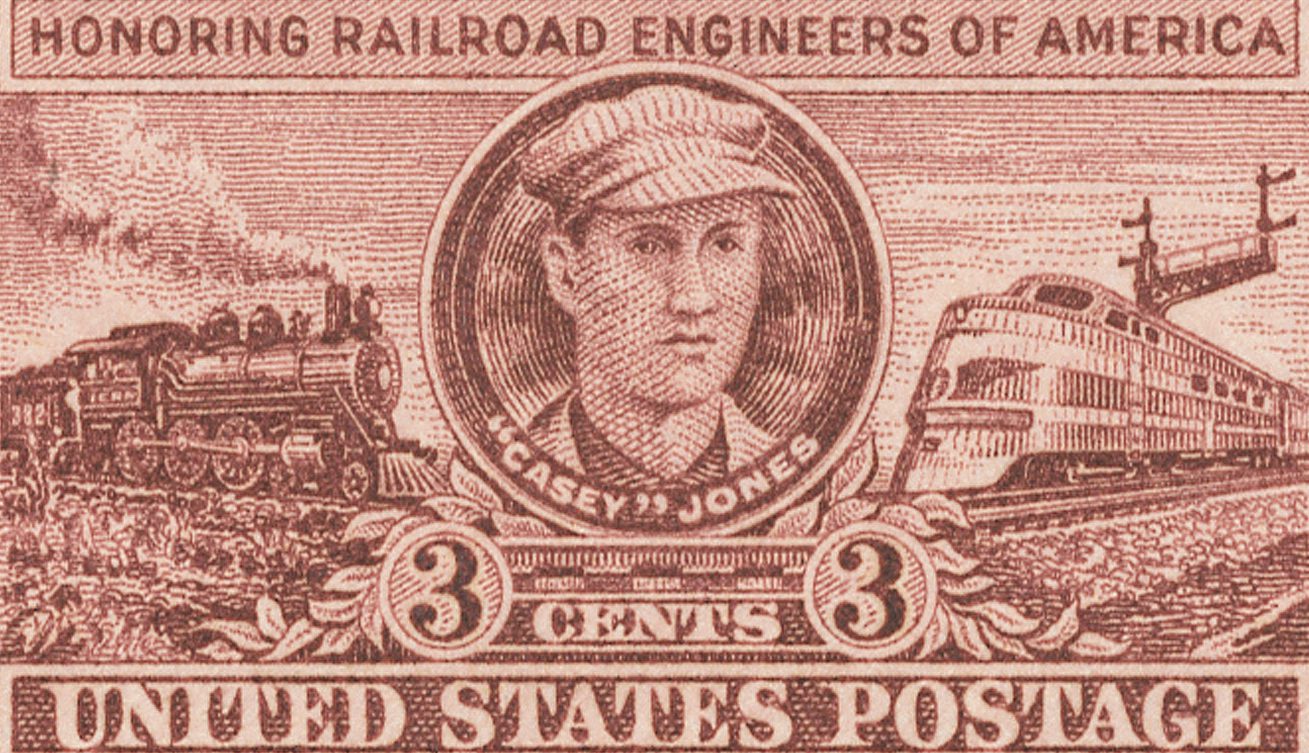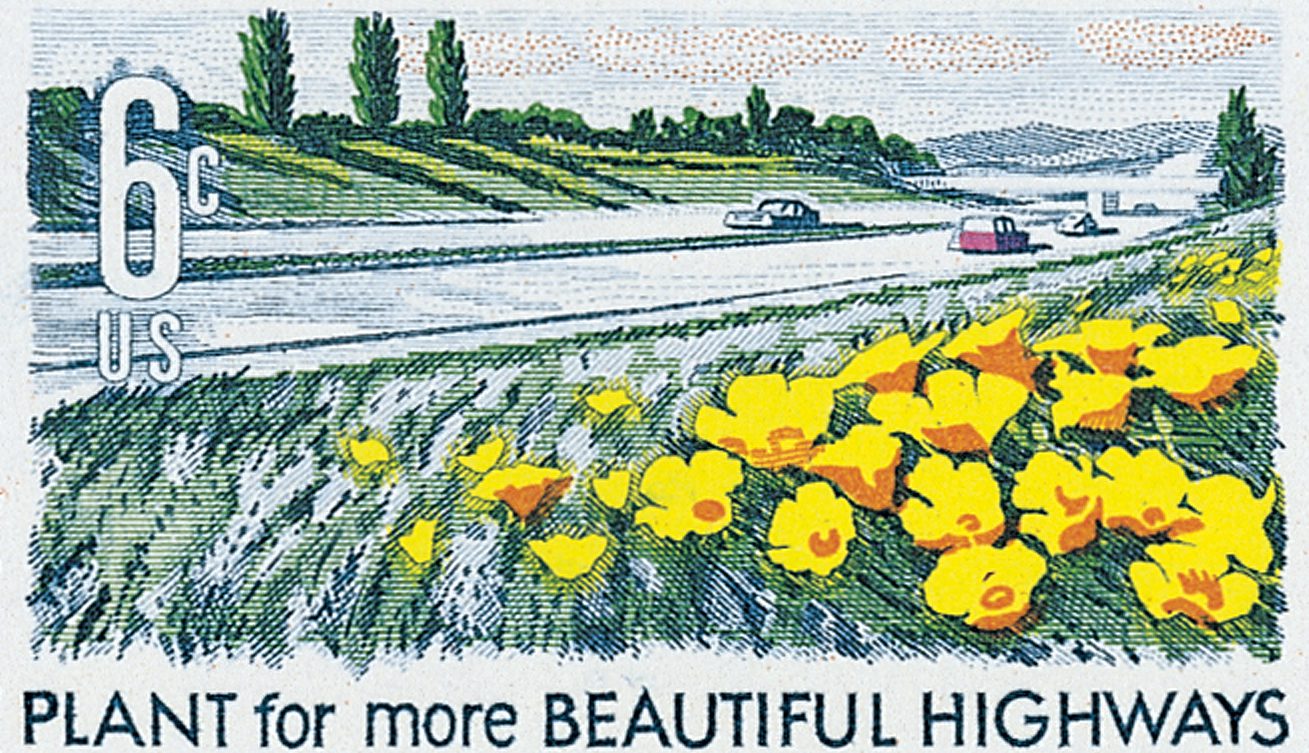Impressive Run of the Gowan & Marx
On February 20, 1840, the Gowan & Marx made an impressive run, hauling more than 100 cars weighing 423 tons. It was one of the earliest 4-4-0 locomotives with equalizing levers and became internationally known for hauling a train 40 times its own weight.

